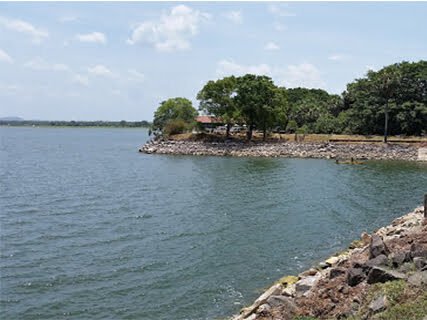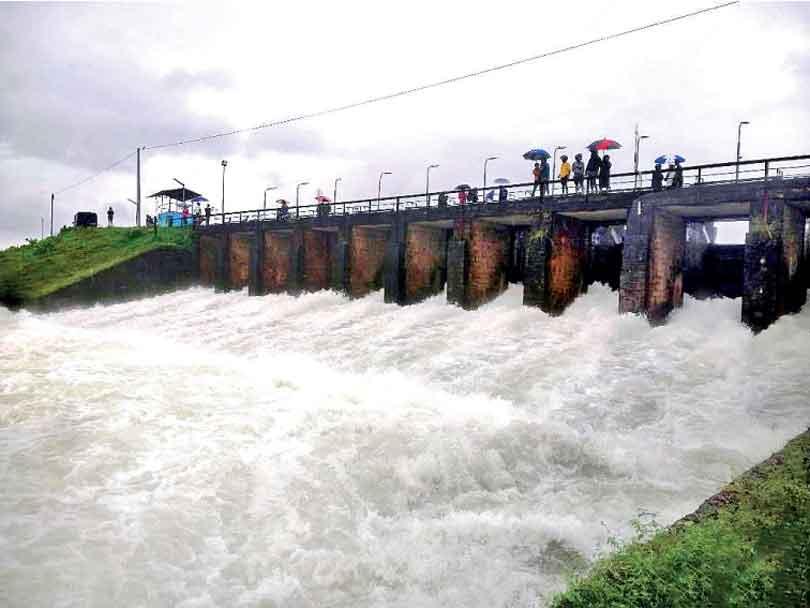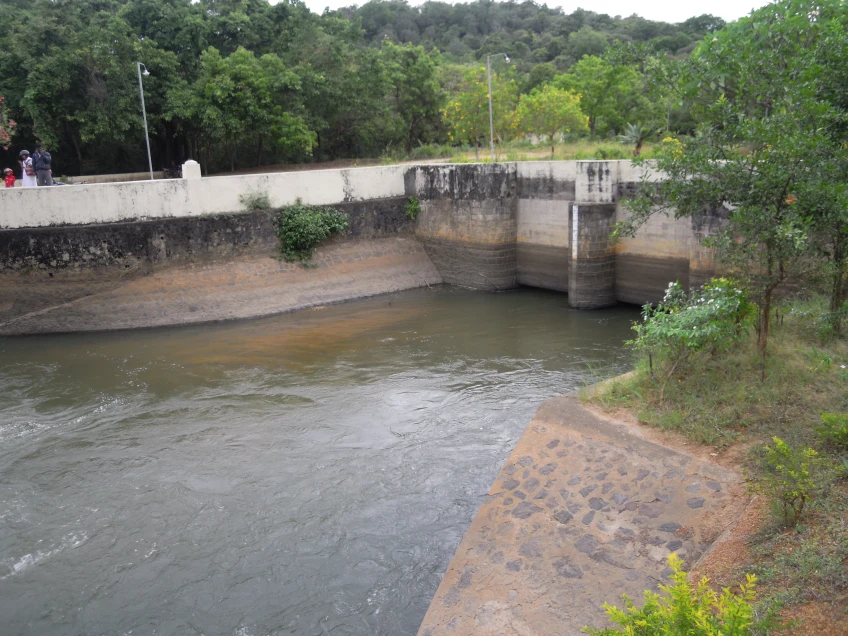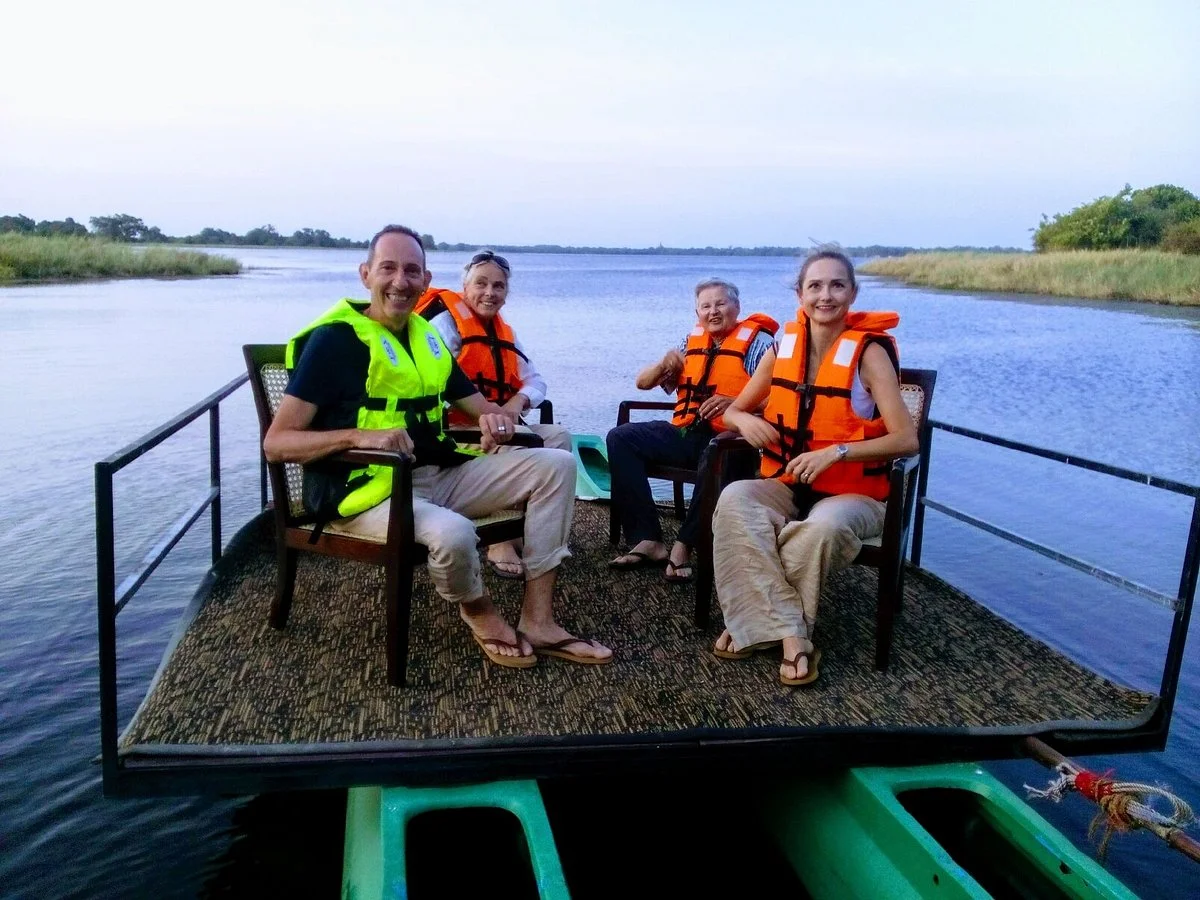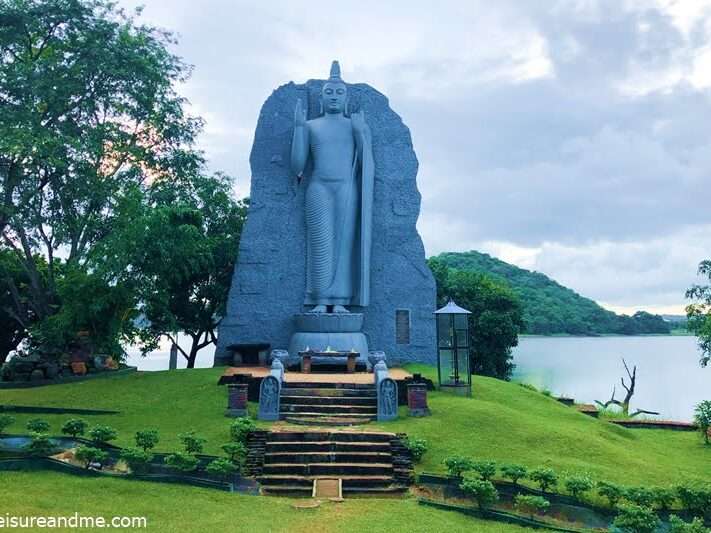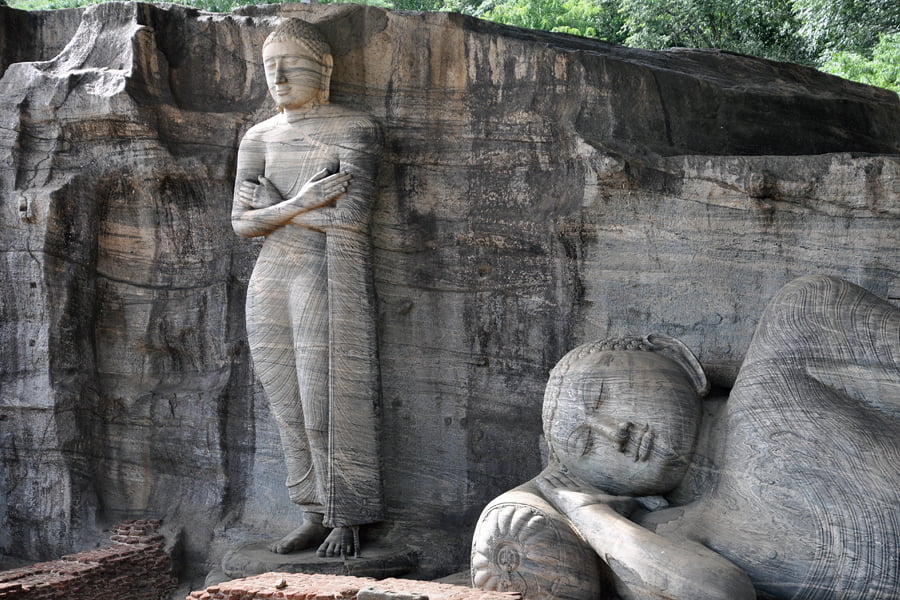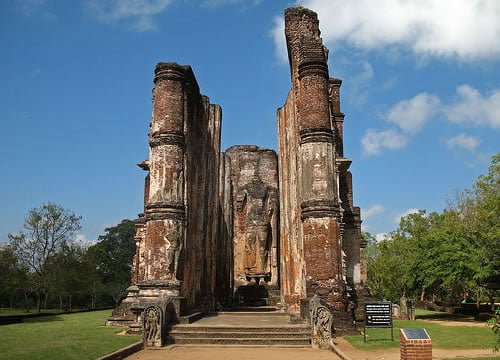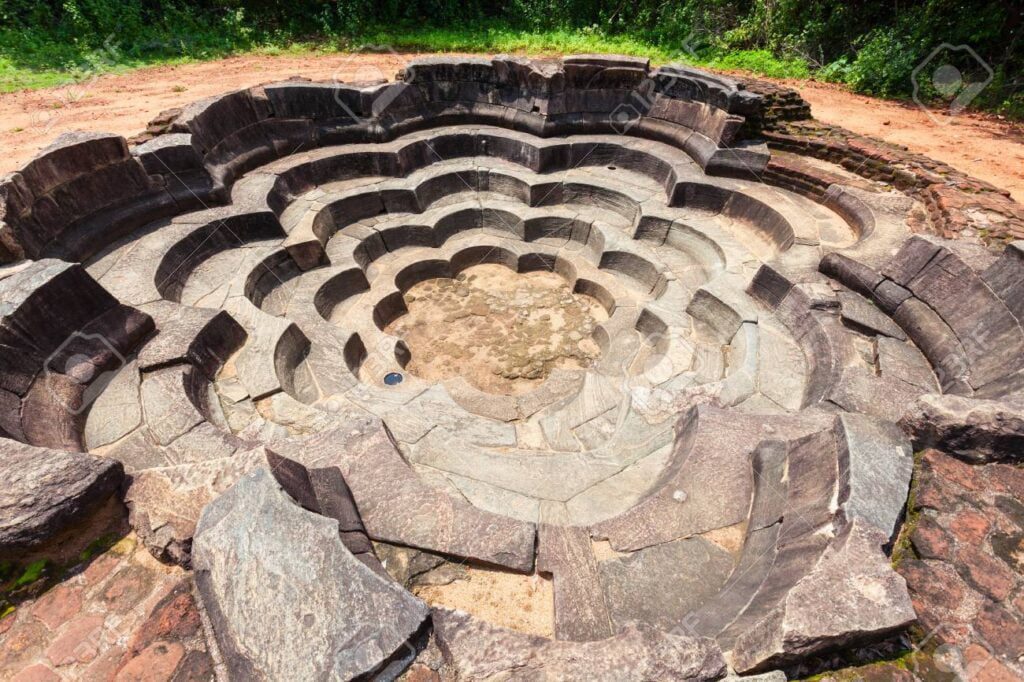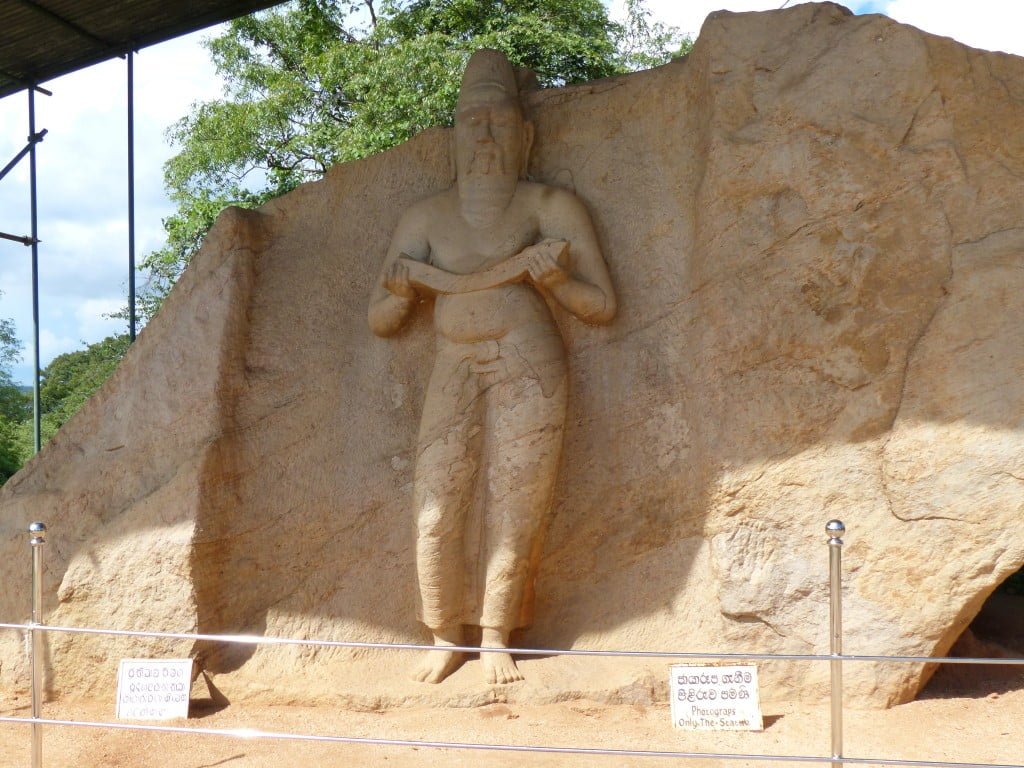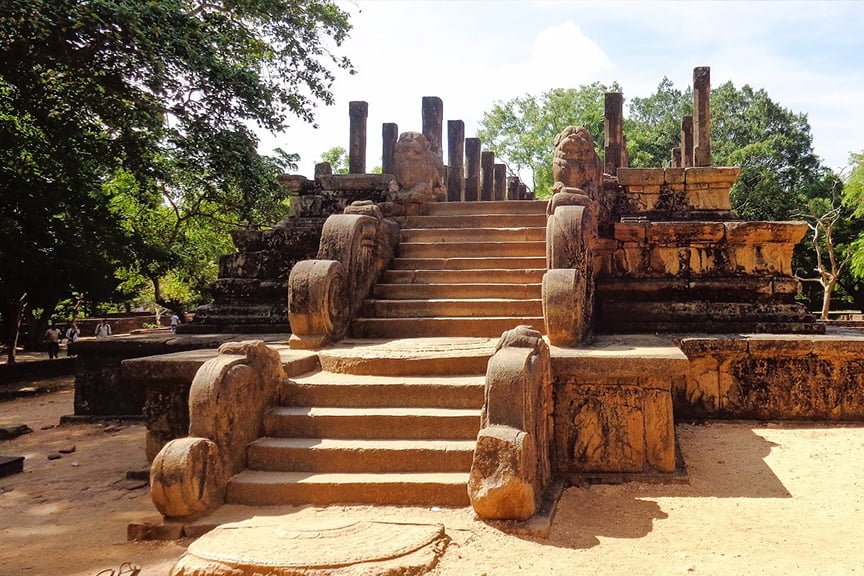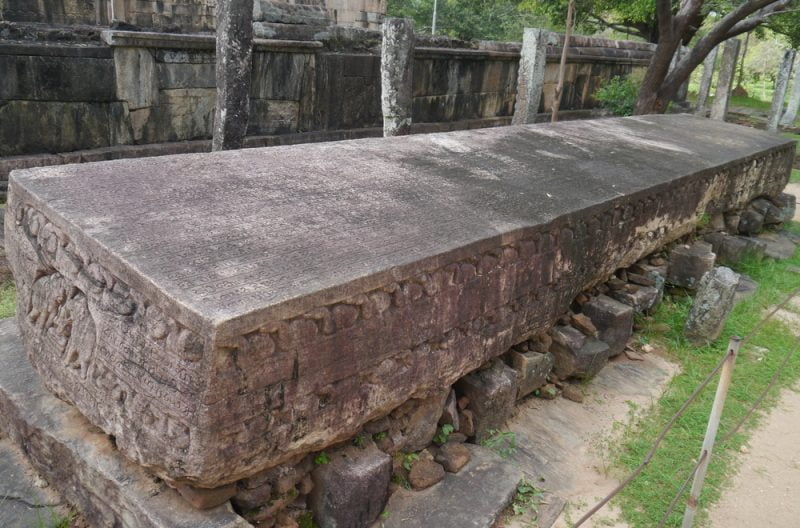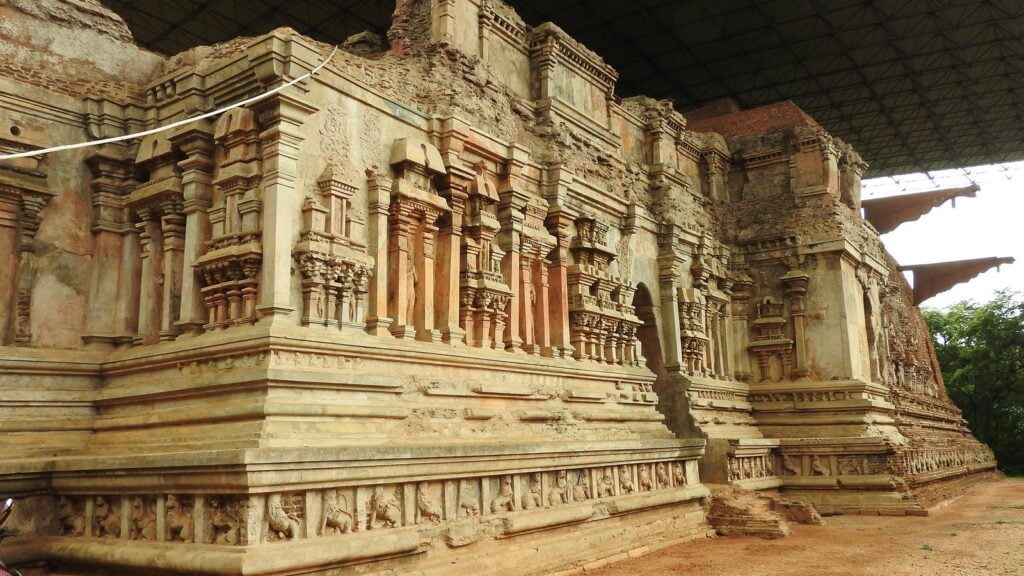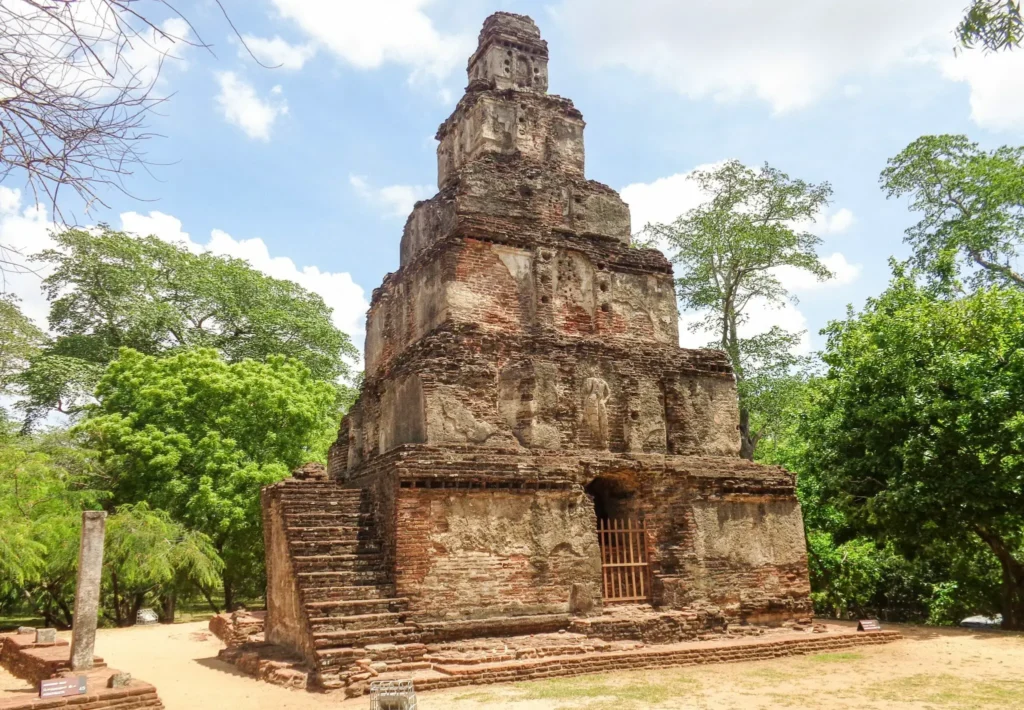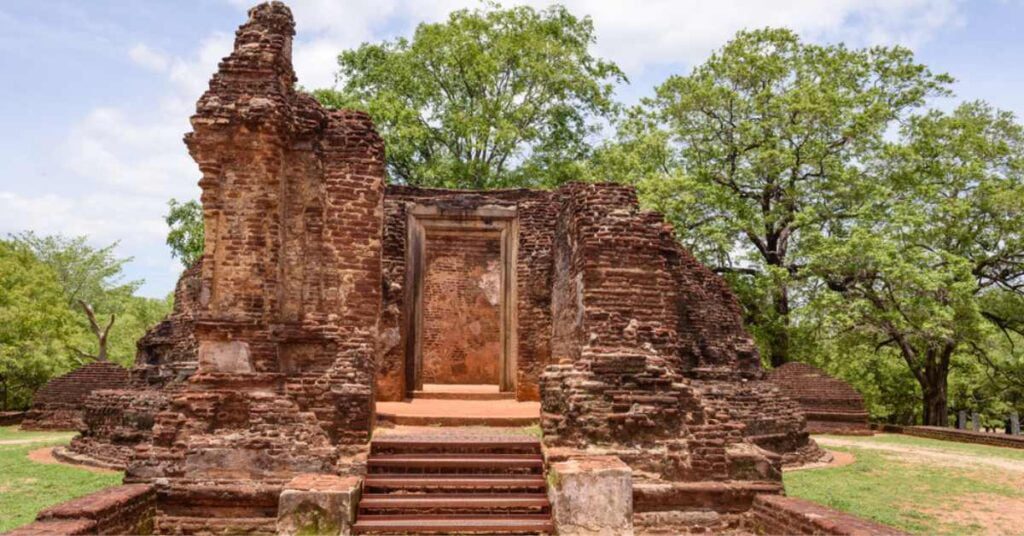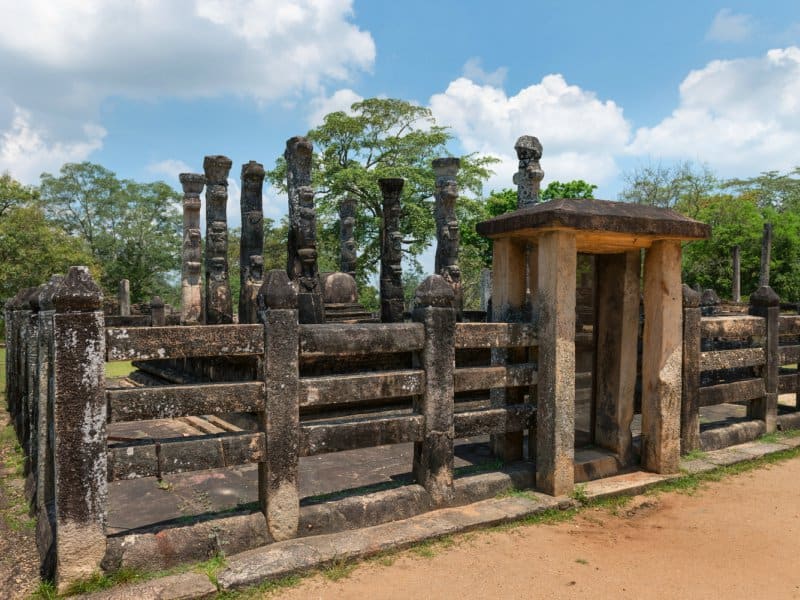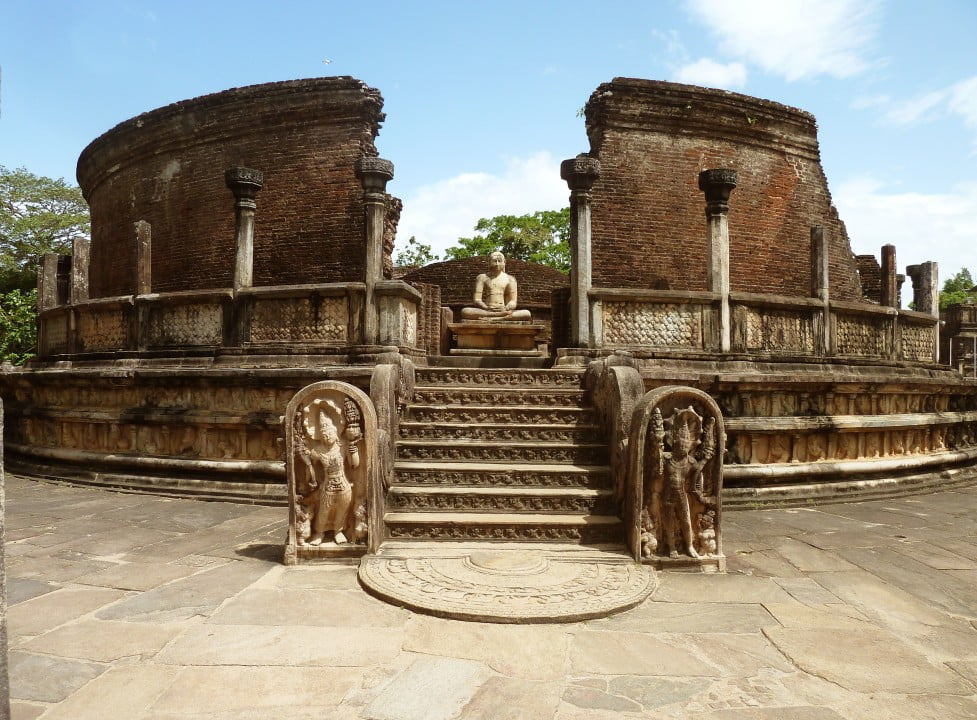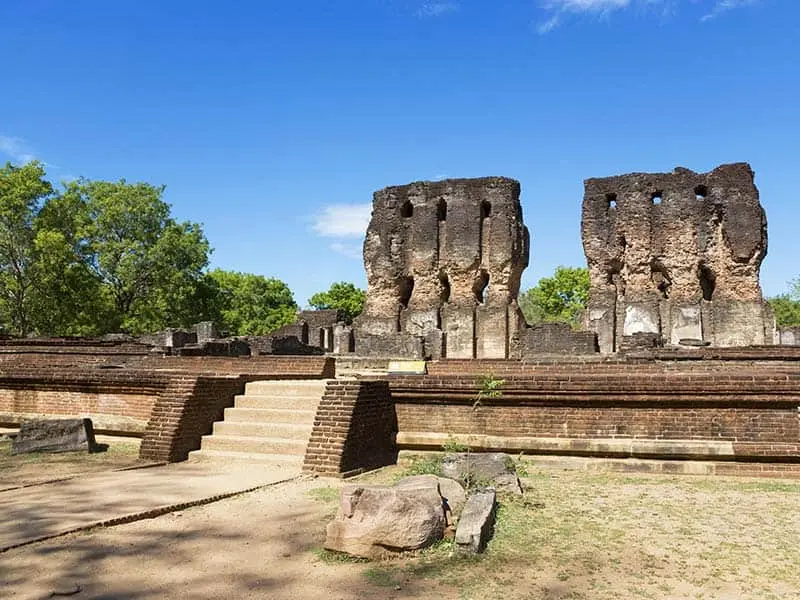
hg
Polonnaruwa, SriLanka
North Central Province
Archeological City
Polonnaruwa “The Ancient City of Kings”
Polonnaruwa, a UNESCO World Heritage Site, is one of Sri Lanka’s most iconic historical destinations. Rich in history and culture, this ancient city offers a fascinating glimpse into the island’s past. This article provides an in-depth overview of Polonnaruwa, including its geographical details, demographics, and the vibrant tourism industry that draws visitors from around the globe.
Geographical Overview
Polonnaruwa is located in the North Central Province of Sri Lanka, within the Polonnaruwa District. It is situated approximately 230 kilometers northeast of Colombo, the capital city. The journey from Colombo to Polonnaruwa can be made by car, bus, or train, typically taking around 5 to 6 hours through scenic countryside and historic landscapes.
Land Area and Population
Polonnaruwa covers a significant area, characteristic of many ancient cities with expansive ruins and historical sites. The district spans around 3,293 square kilometers. The town of Polonnaruwa has a population of approximately 122,000 residents, primarily Sinhalese, with a mix of Tamil and Muslim communities contributing to its cultural diversity.
Elevation
Polonnaruwa is situated at an elevation of about 50 meters (164 feet) above sea level. Its low-lying terrain and proximity to water bodies contribute to its lush landscapes and fertile agricultural lands.
Tourism Industry
Polonnaruwa’s tourism industry is thriving, driven by its rich historical heritage, archaeological sites, and natural beauty. Here are some key highlights that make Polonnaruwa a must-visit destination:
Historical and Archaeological Sites
Polonnaruwa is renowned for its well-preserved ruins and ancient structures:
- Royal Palace: The grand ruins of the Royal Palace, built by King Parakramabahu I, are a testament to the city’s former glory. The complex includes audience halls and residential quarters.
- Gal Vihara: A group of impressive Buddha statues carved into a granite rock face, showcasing the skill and artistry of ancient Sri Lankan craftsmen.
- Parakrama Samudra: An ancient man-made reservoir created by King Parakramabahu I, which still serves as an important water source for the region.
- Rankoth Vehera: A massive stupa that stands as one of the largest and most well-preserved structures in Polonnaruwa, reflecting the architectural prowess of the era.
- Polonnaruwa Vatadage: A circular relic house that is one of the most iconic and intricately designed structures in the ancient city.
Natural Beauty and Outdoor Activities
Polonnaruwa’s natural beauty complements its historical significance:
- Minneriya National Park: Located nearby, this park is famous for the annual gathering of elephants, where hundreds of elephants congregate around the Minneriya Tank.
- Parakrama Samudra: Besides its historical significance, the reservoir is also a beautiful spot for picnicking, bird-watching, and enjoying the serene environment.
Cultural and Historical Significance
Polonnaruwa is steeped in cultural and historical significance:
- Heritage: As the second capital of ancient Sri Lanka, Polonnaruwa is a treasure trove of cultural and historical artifacts, reflecting the zenith of Sinhalese civilization.
- UNESCO World Heritage Site: The recognition by UNESCO highlights the city’s global significance and ensures its preservation for future generations.
Festivals and Events
Polonnaruwa hosts several local festivals and events that celebrate its rich cultural heritage:
- Poson Poya: Celebrated with great enthusiasm, this Buddhist festival commemorates the introduction of Buddhism to Sri Lanka. The ancient city is adorned with lanterns and illuminations during this time.
Accommodation and Amenities
Polonnaruwa offers a range of accommodation options to suit different preferences and budgets. From luxurious resorts and boutique hotels to budget-friendly guesthouses and eco-lodges, visitors can find comfortable and charming places to stay. Many accommodations provide stunning views of the surrounding landscapes and easy access to major attractions. The town also boasts a variety of dining options, serving traditional Sri Lankan cuisine, fresh local produce, and international dishes.
Transportation and Connectivity
Polonnaruwa is accessible by road and rail, with regular bus services and private transport options available from Colombo and other major cities. The town itself is best explored on foot, by bicycle, or by tuk-tuk, allowing visitors to fully appreciate its charm and beauty.
Conclusion
Polonnaruwa is a captivating destination that offers a perfect blend of historical grandeur, cultural richness, and natural beauty. Its ancient ruins, serene landscapes, and vibrant community make it an ideal destination for travelers seeking an enriching and memorable experience. Whether you’re exploring the impressive archaeological sites, enjoying the natural beauty of the region, or immersing yourself in the local culture, Polonnaruwa promises an unforgettable journey. Its accessibility from Colombo and well-developed tourism infrastructure ensure that visitors can enjoy a comfortable and fulfilling stay.
Polonnaruwa Archeological City
Polonnaruwa, Sri Lanka’s medieval capital and a UNESCO World Heritage site, is a fascinating destination for history enthusiasts, cultural explorers, and those seeking inspiration. The site boasts well-preserved ruins and archaeological sites, including the Royal Palace Complex, which was once King Parakramabahu I’s residence. Visitors can explore the Audience Hall and the Kumara Pokuna, the iconic Royal Bath. The Gal Vihara, a masterpiece of ancient Sinhalese sculpture, showcases the artistic and spiritual zenith of Polonnaruwa’s golden age. The sacred Quadrangle houses important religious monuments, while the Parakrama Samudra, a man-made reservoir, reflects King Parakramabahu I’s vision of sustainable agriculture and water management.
